Beneath the waves, there are wonders as rare and captivating as a Blue Moon, waiting to be discovered. The ocean conceals mysteries that rival the extraordinary events we witness in the skies, inviting us to delve deeper into realms few have ever seen.
When we hear the phrase Blue Moon, we often think of something extraordinary—an event so infrequent it inspires awe and curiosity. Deep beneath the Atlantic Ocean, scientists have uncovered a marvel that perfectly embodies this spirit of rarity and wonder: the Lost City Hydrothermal Field. Much like the elusive Blue Moon above us, this underwater phenomenon is unlike anything else we've ever seen on Earth.
The Lost City: An Oceanic Wonder
Near the summit of an underwater mountain west of the Mid-Atlantic Ridge, a remarkable landscape rises from the darkness—jagged towers with creamy carbonate walls that shimmer with an ethereal blue hue under exploration lights. These spires range from small toadstool-like structures to colossal formations like the Poseidon monolith, which stretches nearly 60 meters (200 feet) high, forming the enigmatic Lost City.
Discovered in 2000, over 700 meters (2,300 feet) below the ocean surface, the Lost City is considered the oldest venting environment in the ocean, active for at least 120,000 years. Here, hydrothermal vents release hydrogen, methane, and other gases—not from volcanic activity but due to a unique chemical interaction between seawater and mantle rock.
A Cradle for Rare Life
In the deep, dark fissures of the Lost City's vents, hydrocarbons support unique microbial communities that require no sunlight. These extraordinary life forms thrive in conditions once thought inhospitable. Microbes fed by hydrocarbons are at the heart of an ecosystem that includes snails, crustaceans, and occasional crabs, shrimp, sea urchins, and eels. Unlike other hydrothermal fields known as black smokers, the Lost City's chimneys produce up to 100 times more hydrogen and methane and are much larger, suggesting a longer lifespan and a more enduring legacy.
Lost City and the Origins of Life
What makes the Lost City truly remarkable is not just its scale or age, but its implications for understanding life on Earth—and potentially beyond. The hydrocarbons here are produced without sunlight or atmospheric CO2, offering clues about how life might have originated on our planet. Scientists believe that similar hydrothermal environments could exist elsewhere in our solar system—on moons such as Saturn’s Enceladus or Jupiter’s Europa—making discoveries like these crucial for astrobiology.
The Lost City stands as a model for studying how life can form and thrive in extreme environments, both on Earth and possibly on other celestial bodies. These insights expand our understanding of life's resilience and adaptability across the universe.
A Treasure Worth Protecting
Like a Blue Moon is treasured for its rarity, so too should we protect the Lost City. Growing interest in deep-sea mining threatens this unique habitat; experts warn that such activities could irreversibly damage this one-of-a-kind ecosystem before we've had a chance to fully study it. Calls to designate the Lost City as a World Heritage site are mounting, recognizing its value as a living testament to nature’s ingenuity and tenacity.
Safeguarding the Lost City is essential—not just for preserving its beauty and scientific value, but also for maintaining our connection to Earth's most enigmatic places. Its uniqueness offers vital lessons in resilience and adaptation that may inform our understanding of life everywhere.
Why We Must Cherish Oceanic Marvels
The Lost City is far more than an underwater oddity—it is a symbol of nature’s creativity and power. Its existence challenges assumptions about where life can exist and how it can thrive. As with witnessing a Blue Moon, exploring such rare sites expands our sense of possibility and connection with the wider universe.
To learn more about this extraordinary oceanic marvel and its echoes of rarity akin to a Blue Moon, explore this article.
May we continue to cherish—and protect—the breathtaking wonders hidden beneath our waves and shining above our skies. Each discovery broadens our horizons and deepens our appreciation for life's endless forms.
Until the next Blue Moon moment...

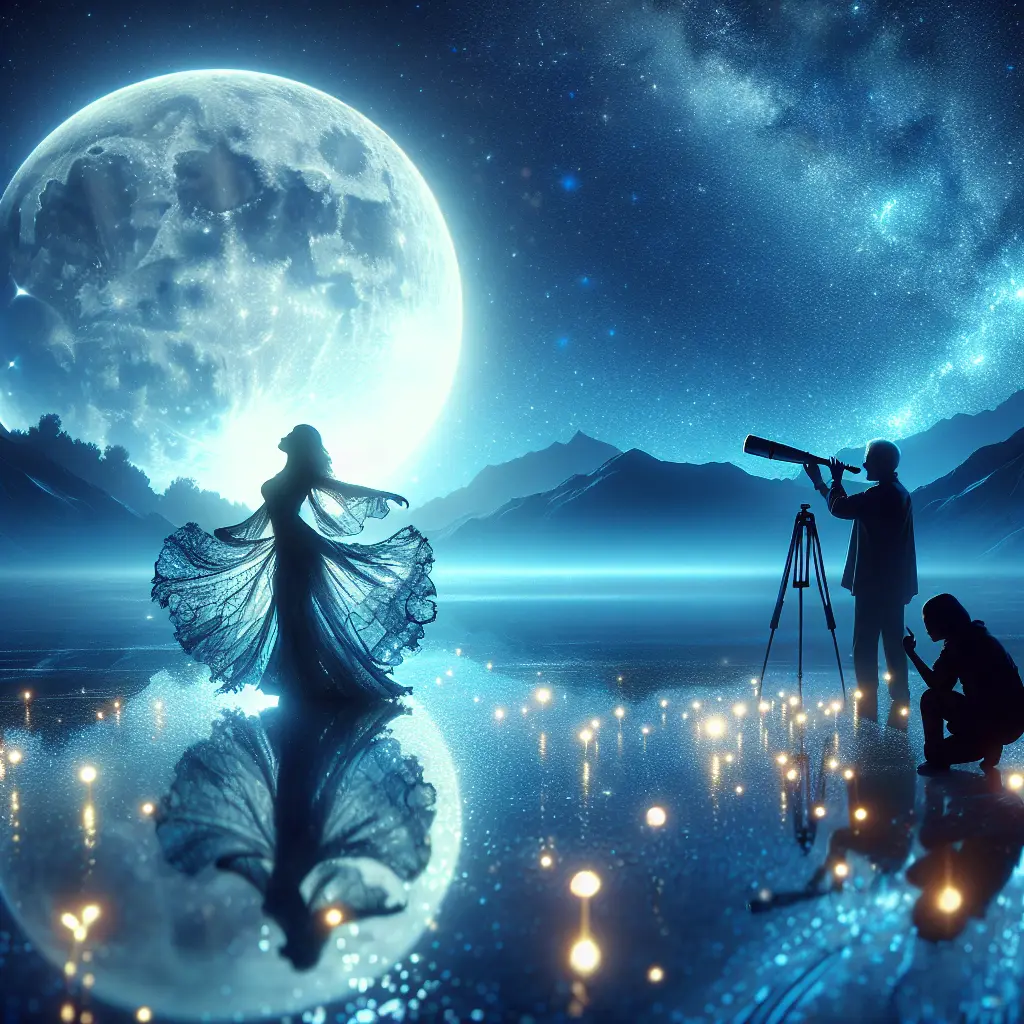
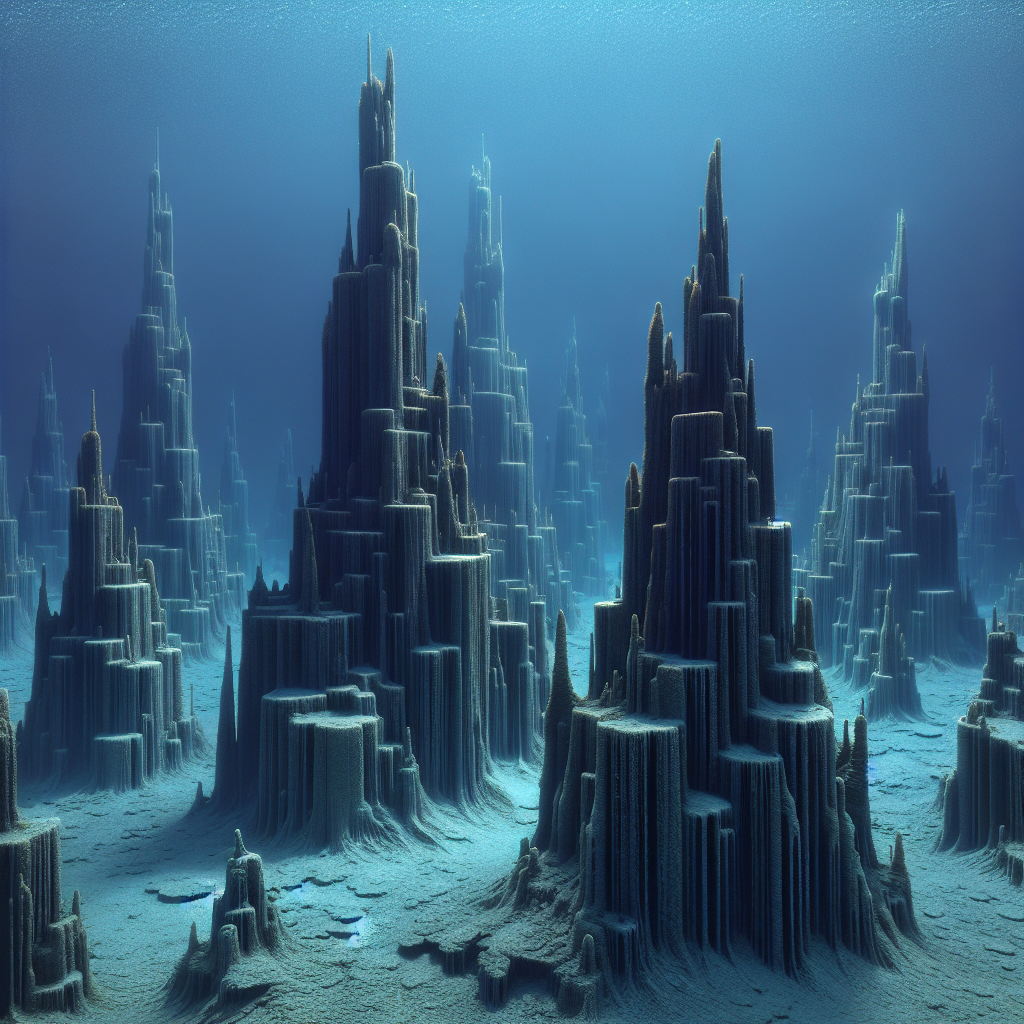

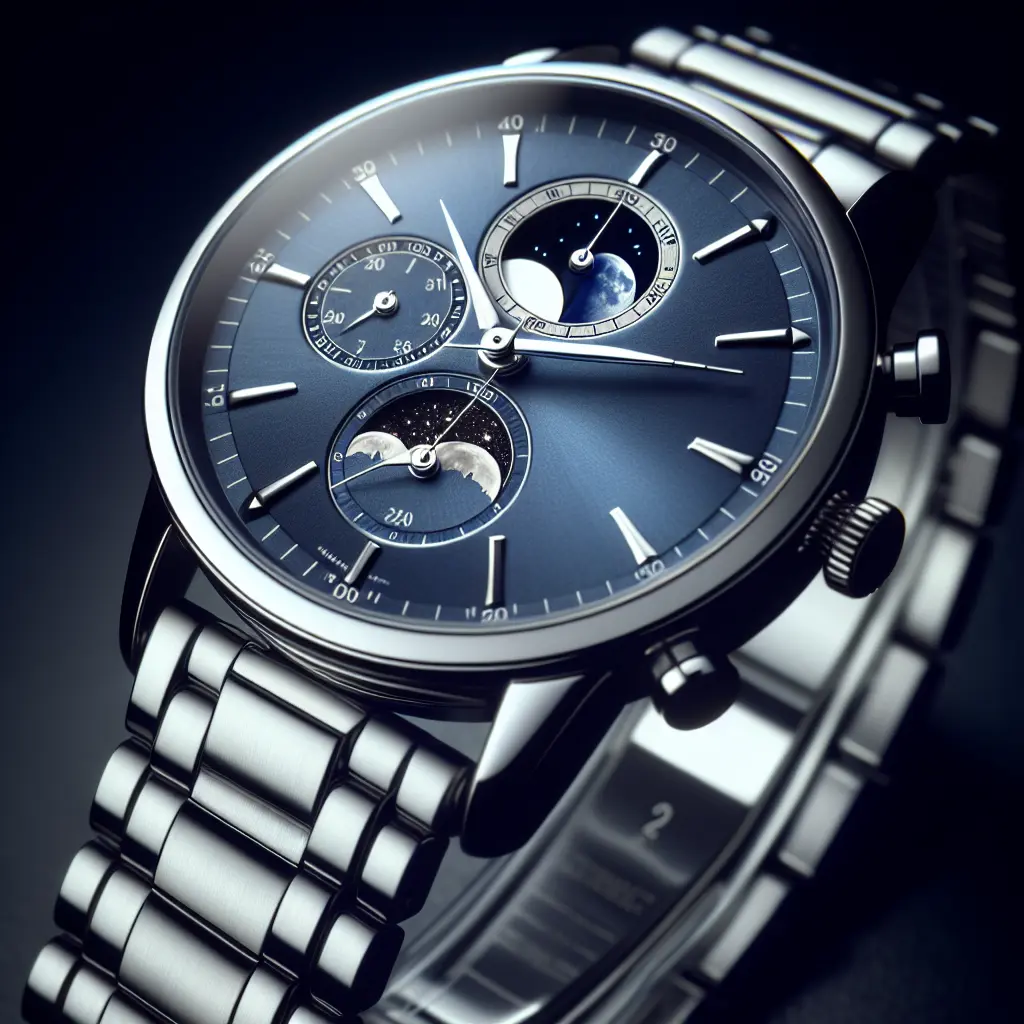

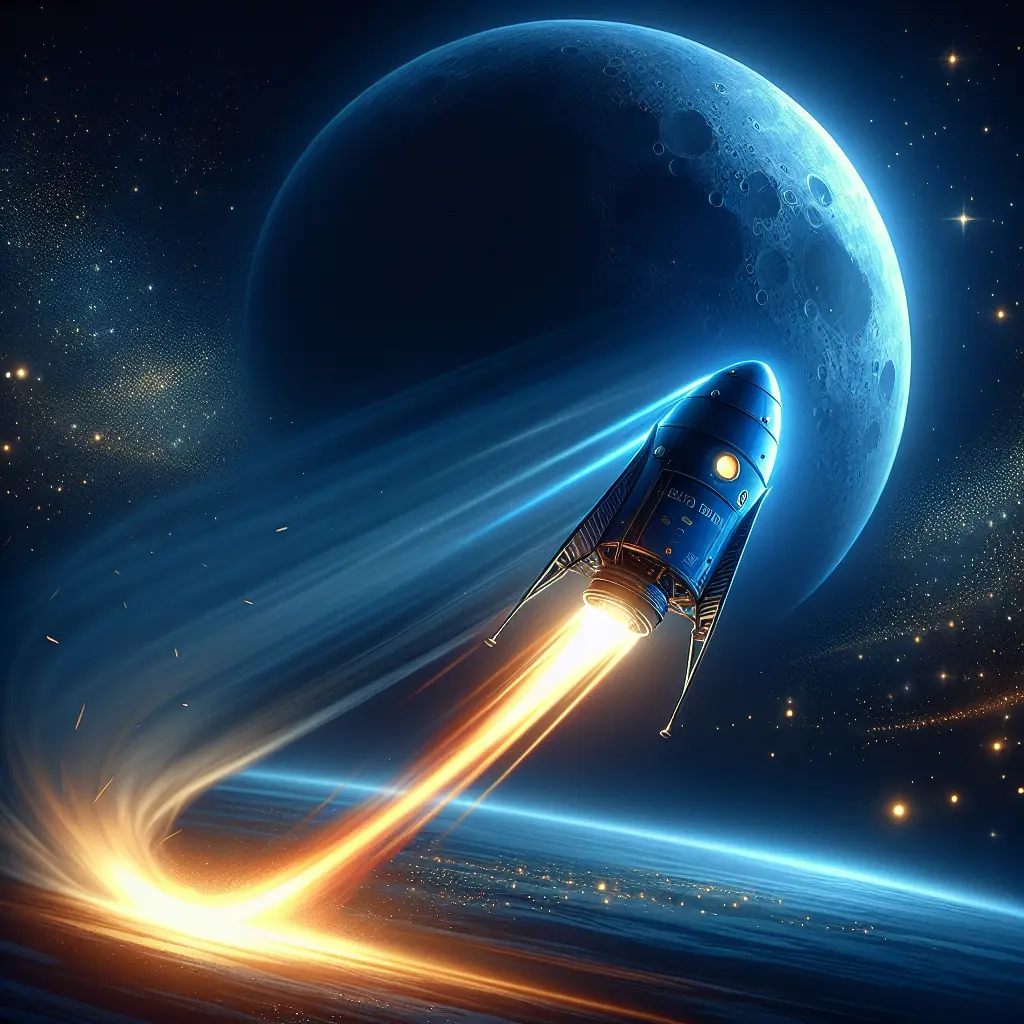
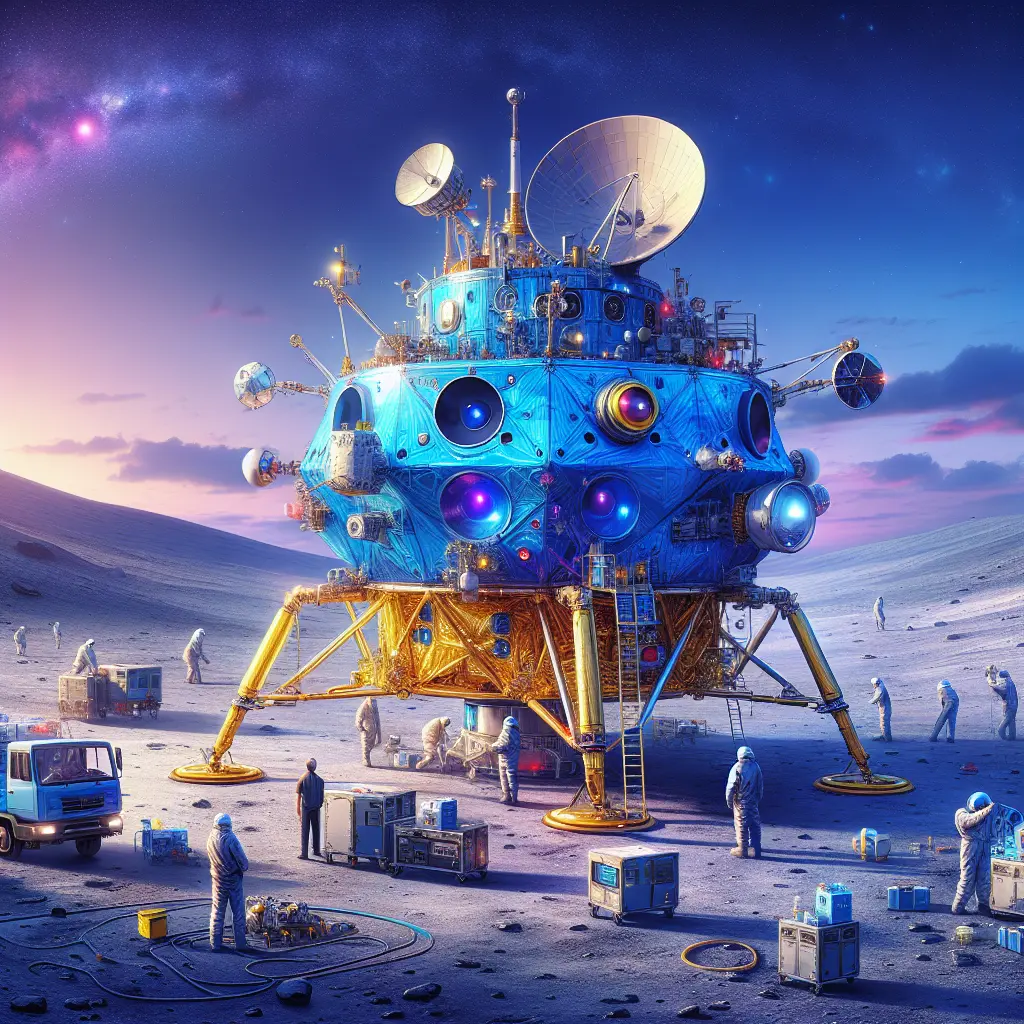
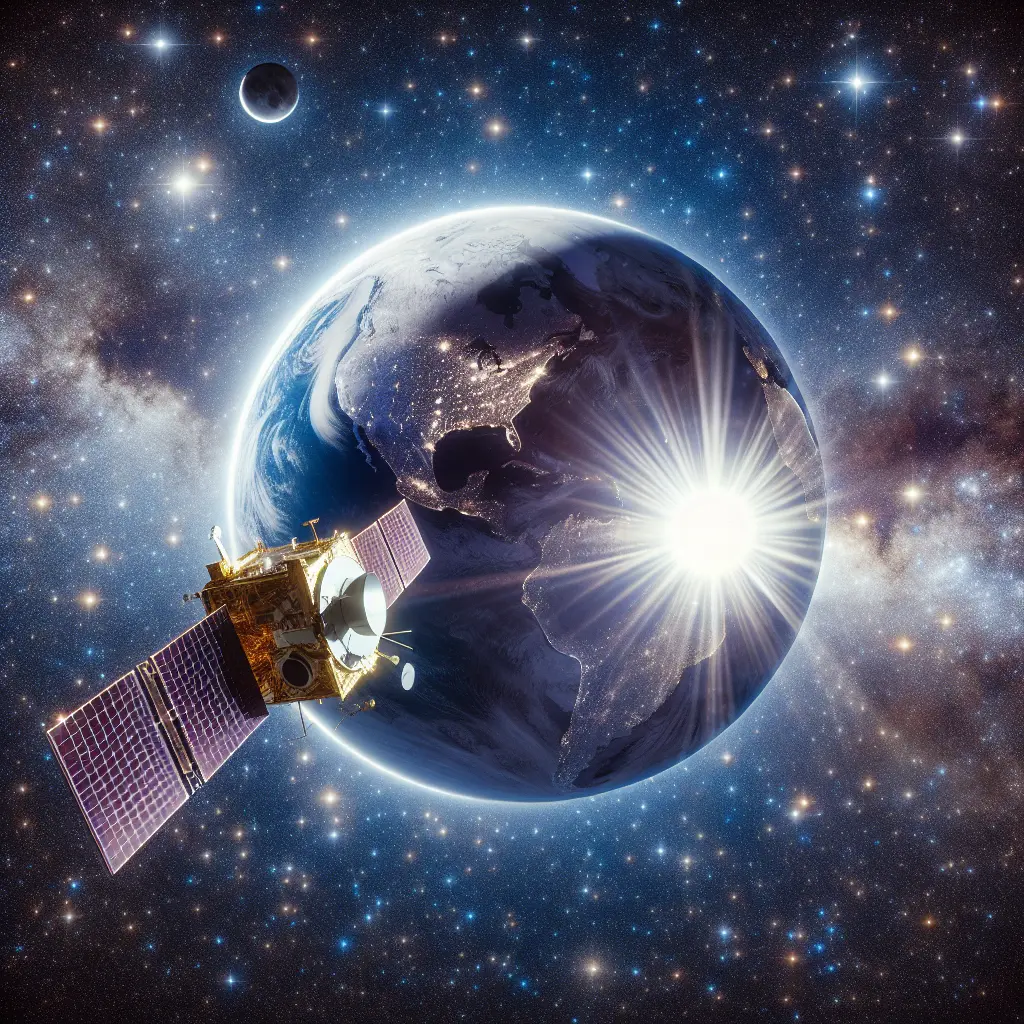
Leave a Comment